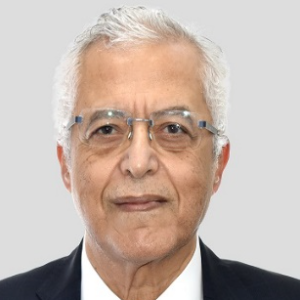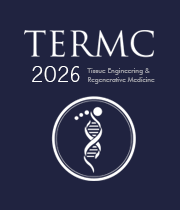Organ and Tissue Target of Regeneration
Tissue engineering has emerged as a promising approach with two main goals: (1) developing tissue and organ substitutes for clinical transplantation to replace damaged regions and restore organ function, and (2) developing human tissue chips to replace animal models for drug screening and disease modelling. Till date, existing methods have been used to accurately arrange cells at dimensions ranging from single cells to complete tissue architectures, achieving several levels of complexity. Simple flat tissue transplants, such as skin and bladder, have shown clinical success because they include few cell types and require simpler engineering designs. In order to repair or replace lost tissues due to injury, disease, or age, strategies to generate functional organs and tissues are of significant interest for use in regenerative medicine. The Food and Drug Administration (FDA) has approved and made available several new therapy alternatives, including stem cell treatments and tissue-engineered substitutes for specific conditions. To support the individual organ function, each organ has its own distinct structural components, such as diverse cell types, matrix, and architecture, as well as a biophysical environment—pressure and flow—and biochemical stimuli—oxygen tension, cytokines, and growth factors.

Nagy Habib
Imperial College London, United Kingdom
Lucie Bacakova
Institute of Physiology of the Czech Academy of Sciences, Czech Republic



Title : AI-integrated high-throughput tissue-chip for space-based biomanufacturing applications
Kunal Mitra, Florida Tech, United States
Title : Stem cell technologies to integrate biodesign related tissue engineering within the frame of cell based regenerative medicine: towards the preventive therapeutic and rehabilitative resources and benefits
Sergey Suchkov, N.D. Zelinskii Institute for Organic Chemistry of the Russian Academy of Sciences, Russian Federation
Title : In vitro evaluation of lyophilized Dedifferentiated Fat cells (DFAT) impregnated artificial dermis
Kazutaka Soejima, Nihon University, School of Medicine, Japan
Title :
Nagy Habib, Imperial College London, United Kingdom
Title :
Alexander Seifalian, Nanotechnology & Regenerative Medicine Commercialisation Centre, United Kingdom
Title : The regenerative medicine of the future
Marco Polettini, DVM, Italy